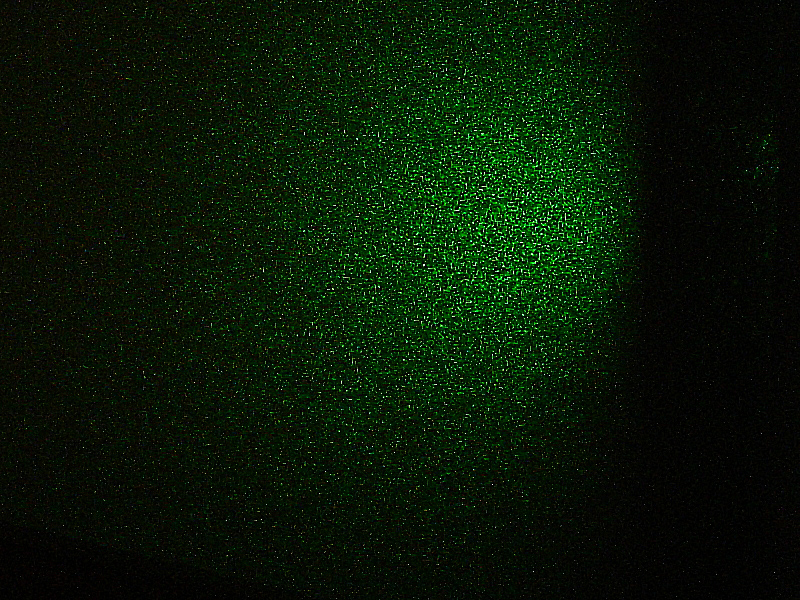DLS - dynamic light scattering for zeta potential and particle size
Dynamic, static and electrophoretic light scattering, also known as dynamic light scattering or DLS for short, is used to determine the particle size, zeta potential and molecular weight of particles and molecules.
- Size range for particle size determination: approx. 0.3 nm to 10 mm
- Size range for zeta potential determinations: approx. 3.8 nm to 100 mm
- Molecular weight range for molecular weight determination: approx. 342 Da to 4000 kDa
Suisse Technology Partners has a Zetasizer NanoZS (ZEN 3600) with NIBS (Non-Invasive Back Scatter) optics. We have qualified the method GxP.
How can zeta potential be determined using dynamic light scattering?
Particle size determination is carried out by means of dynamic light scattering (DLS). DLS is based on Brownian motion. This constant, random thermal movement of small particles and molecules results in a size-dependent diffusion velocity. It is tracked by irradiating a sample with a He-Ne laser (l = 633 nm) and converted into particle sizes and distributions using complex calculation algorithms.
Charged particles or molecules in solution move in the electric field towards an electrode. Their zeta potential, the charge of the particle or molecule in solution, is determined by measuring the speed of movement in the electrical field using electrophoretic light scattering. This speed of movement is proportional to the zeta potential and the applied field strength. If the field strength is known, the zeta potential can be calculated using established mathematical relationships.
SLS (static light scattering) is used to measure the absolute molecular weight of macromolecules. Based on the theory that larger molecules scatter incident light more than small molecules, the determination of the absolute molecular weight is based on the theory that the intensity of the scattered light is proportional to the molecular weight of the molecule.
Device type and equipment
Zetasizer NanoZS (ZEN 3600) with NIBS (Non-Invasive Back Scatter) Optics (GxP qualified)
Example applications for dynamic light scattering zeta potential
Zetasizer applications for pharma and chemistry
Characterization of nanoparticles, macromolecules (polymer or protein solutions), colloidal dispersions, pigments. Prediction of aggregation behavior, structures, optimization of formulation stabilities and much more.
Find out more about our expertise in the field of CRO
You can find an overview of further methods from the field of chemical analysis in our encyclopedia – chemical analysis

